Introduction
Hey there, fellow anglers! If you’ve clicked on this article, then I’m sure you’re just as excited as I am to learn the top 15 techniques for topwater frog fishing for bass. But before we jump into those techniques, let me give you a little background on why topwater frog fishing is such an exciting and effective way to catch bass.
Topwater frog fishing is a method of bass fishing where anglers use a frog-shaped lure that floats on the surface of the water. The purpose of this technique is to imitate the movement of a frog or other small creatures that bass prey on. This method can produce some of the most exhilarating strikes you’ll ever experience because bass are known to explode out of the water to take the lure.
Choosing the Right Frog
But before we get into the top 15 techniques, let’s first discuss the importance of choosing the right frog. There are several things to consider when choosing a frog lure that will help you catch more bass.
Size: The size of the frog lure is an essential factor. You want to make sure you choose a frog that is a similar size as the prey the bass in your area are feeding on. If you notice the bass feeding on smaller prey, then a smaller-sized frog will be more effective. Similarly, if you’re fishing in an area with larger prey, then you should opt for a larger-sized frog.
Color: There is a wide range of colors available for frog lures. But, the key to selecting the best color is to match the frog with the environment you’re fishing in. If you’re fishing in murky waters, then darker colors like black and brown will be more effective. In clear waters, bright colors may be more appealing to bass.
Type of Frog: The type of frog lure you choose will depend on the style of fishing you’re doing. There are two main types of frogs, the hollow body and the solid body.
Now that we’ve discussed the proper way to choose a frog, let’s dive into the top 15 techniques for topwater frog fishing.
Technique #1: Walking the Frog
Walking the frog is one of the most popular techniques when it comes to topwater frog fishing. This technique mimics the movement of a frog walking across the surface of the water. To execute the walking frog technique, follow these steps:
Step 1: Cast the frog lure out in front of you.
Step 2: Let the frog sit on the water for a few seconds.
Step 3: Apply a gentle tug with your rod to make the frog move forward.
Step 4: Pause the frog for a second and repeat the process.
The key to the walking frog technique is to make it look like the frog is walking across the water’s surface. This can take some practice, but once you get the hang of it, it can be a highly effective technique to catch bass.
Technique #2: Popping the Frog
Popping the frog is another popular technique in topwater frog fishing. It involves creating a popping sound on the water when retrieving the frog lure. Here’s how you can execute the popping frog technique:
Step 1: Cast the frog out and let it sit for a few seconds.
Step 2: Give the rod a quick pop, which will make the frog move forward while creating a popping sound on the water.
Step 3: Pause and let the frog sit for a few more seconds.
Step 4: Repeat the process.
This popping sound will often grab the attention of nearby bass and make them curious about the source of the sound. Bass will move towards the popping sound, and if your frog lure is situated the right way, they’ll strike it.
Technique #3: Skipping the Frog
Skipping the frog technique is perfect for when you’re fishing in dense cover such as lily pads or overhanging trees. This technique involves skipping the frog lure across the water’s surface to get it to land in tight spots. Follow these steps to master the skipping frog technique.
Step 1: Cast the frog out and let it sit on the water for a few seconds.
Step 2: Give the rod a quick flick, which should get the frog skipping across the water.
Step 3: Once it reaches the spot where you want the frog to be, pause and let it sit.
Step 4: Repeat the process.
Skipping the frog is a perfect way to get your frog lure into tight spots where bass likes to hide. This technique requires some practice, but once you’ve mastered it, it can be highly effective in catching bass.
Technique #4: Twitching the Frog
Twitching the frog is a technique that can help you mimic the movement of a frog in distress trying to escape a predator. Here’s how you can execute the twitching frog technique:
Step 1: Cast the frog out and let it sit on the water for a few seconds.
Step 2: Give the rod a quick twitch to make the frog move forward.
Step 3: Pause the frog for a second and let it sit.
Step 4: Repeat the process, but make occasional twitches to create the impression of an injured frog trying to escape.
This technique can be highly effective when bass is feeding in shallow flats or around structure.
Technique #5: Frog Hopping
Frog hopping is another technique that mimics the movement of a frog jumping across the water’s surface. Here’s how to execute the frog hopping technique:
Step 1: Cast the frog out and let it sit on the water for a few seconds.
Step 2: Give your rod a quick flick to hop the frog along the water’s surface.
Step 3: Let the frog sit for a few seconds and repeat the process.
Frog hopping can provide a faster presentation to cover more water and can trigger aggressive bites.
Technique #6: Dead Sticking
Dead sticking is one of the simplest yet very effective techniques for topwater frog fishing. This technique involves letting the frog sit motionless on the water’s surface and simulating a dying frog. Bass looking for an easy target will not be able to resist the opportunity to strike.
To execute the dead sticking technique, follow these steps:
Step 1: Cast the frog out and let it sit on the water’s surface for a few seconds.
Step 2: Wait for a sufficient amount of time to make it seem like it’s dead.
Step 3: Slowly drag the frog back in, keeping a close eye on your line for any movements.
This method is incredibly effective when fish are being unresponsive to traditional twin-spin frogs.
Technique #7: Fast Retrieval
Anglers can use this technique when bass is very active and willing to chase down prey. The idea behind fast retrieval is to swim the frog over
the surface of the water quickly, imitating a fleeing frog.
Here’s how to execute the fast retrieval technique:
Step 1: Cast the frog out as far as you can.
Step 2: Using a steady and consistent retrieve, reel the frog in at a fast pace to give the impression of a frog trying to escape.
Step 3: If you don’t get any strikes, try varying the speed and retrieval pattern to catch the bass’s attention.
This technique can be highly effective on a warm summer day when bass are more active and willing to chase down prey.
Technique #8: Slow Buzzing
Slow buzzing is an excellent technique to use when the fish are a bit more lethargic and less aggressive. With this technique, the frog is moved slowly over the surface of the water while creating a low-frequency buzz sound.
To execute the slow buzzing technique, follow these steps:
Step 1: Cast the frog out and let it sit on the water for a few seconds.
Step 2: Retrieve the frog slowly, keeping it on the surface of the water, and creating a buzzing sound by making small, steady twitches.
Step 3: Let the frog sit for a few seconds and repeat the process.
This technique can be highly effective when the water is calm and the fish are not being very active.
Technique #9: Creeping the Frog
Creeping the frog technique is an effective way to make the lure move like a frog tiptoeing over lily pads or other vegetation on the water’s surface.
To execute the creeping frog technique, follow these steps:
Step 1: Cast the frog to the edge of the vegetation.
Step 2: Allow the frog to sit for a few seconds.
Step 3: Retrieve the frog in a series of short, intermittent taps, like a frog moving cautiously over vegetation.
This technique can be highly effective when the bass is hidden beneath the vegetation.
Technique #10: Bouncing
Bouncing is a technique that many anglers overlook, but it can be highly effective in getting a fish’s attention.
To execute the bouncing technique, follow these steps:
Step 1: Cast the frog out and let it sit for a few seconds.
Step 2: Very gently twitch or hop the lure to create the impression of a frog pushing off the bottom of the water body.
Step 3: Pause and repeat the process.
This technique can be effective in deep water bodies where the fish could be holding close to the bottom.
Technique #11: Walking the Dog
Walking the dog is another popular technique used in frog fishing that mimics the movement of a dog running back and forth in front of you.
To execute the walking the dog technique, follow these steps:
Step 1: Cast the frog out and let it land on the water’s surface.
Step 2: Quickly twitch the rod, moving the frog back and forth while still moving forward.
Step 3: Repeat this pattern until you’ve made a retrieve and cover a considerable amount of water.
Walking the dog is highly effective for covering waters with more surface area.
Technique #12: Jerking
Jerking is a technique that involves creating a sudden movement to the frog. It helps to create a more erratic movement that can imitate the movement of a frog being chased by a predator.
To execute the jerking technique, follow these steps:
Step 1: Cast the frog out and let it sit on the surface for a few seconds.
Step 2: Jerk the rod sharply as if the frog is trying to jump off the water surface.
Step 3: Pause and repeat the process.
This technique can be highly effective when the bass is actively feeding and looking for a quick and easy meal.
Technique #13: Buzzing
Buzzing is a technique that involves retrieving the frog quickly and continuously, creating a lot of surface disturbance, and producing a visible wake.
To execute the buzzing technique, follow these steps:
Step 1: Cast the frog out and retrieve it quickly, making sure it creates a wake.
Step 2: Repeat the process, reducing the speed of your retrieve as necessary.
This technique is excellent for when the fish is highly aggressive and willing to chase down your lure.
Technique #14: Gliding
Gliding is a technique that involves making long strides with the frog, similar to those made by an actual frog.
To execute the gliding technique, follow these steps:
Step 1: Cast the frog out and let it sit for a few seconds on the surface.
Step 2: Retrieve the frog in long, slow, gliding strides, keeping the lure on the surface.
Step 3: Pause and repeat the process.
Gliding can be highly effective when fishing in shallow water bodies with slow-moving water where the fish may be more sluggish.
Technique #15: Dragging
Dragging is a technique that involves dragging the frog along the surface of the water, making it look like a frog swimming along the surface.
To execute the dragging technique, follow these steps:
Step 1: Cast the frog out and let it sit on the surface.
Step 2: Very gently drag the lure towards you in slow motions, making it look like a frog swimming along the water surface.
Step 3: Repeat the process.
This technique is highly effective when fishing in still water bodies where there is little to no current.
Conclusion
There you have it, folks, the top 15 techniques for topwater frog fishing. As you can see, each technique requires a different approach and skill. Experimenting with different techniques and identifying which one of these works best in your area of fishing is the key to success. With practice and patience, you’ll be able to catch more bass using these techniques.
Remember, it’s always essential to be mindful of the rules and regulations related to fishing in a particular area, promote responsible fishing, and release any fish caught that falls under the catch-and-release rule. I hope you found this article informative and that these techniques will help you catch more bass in the future.
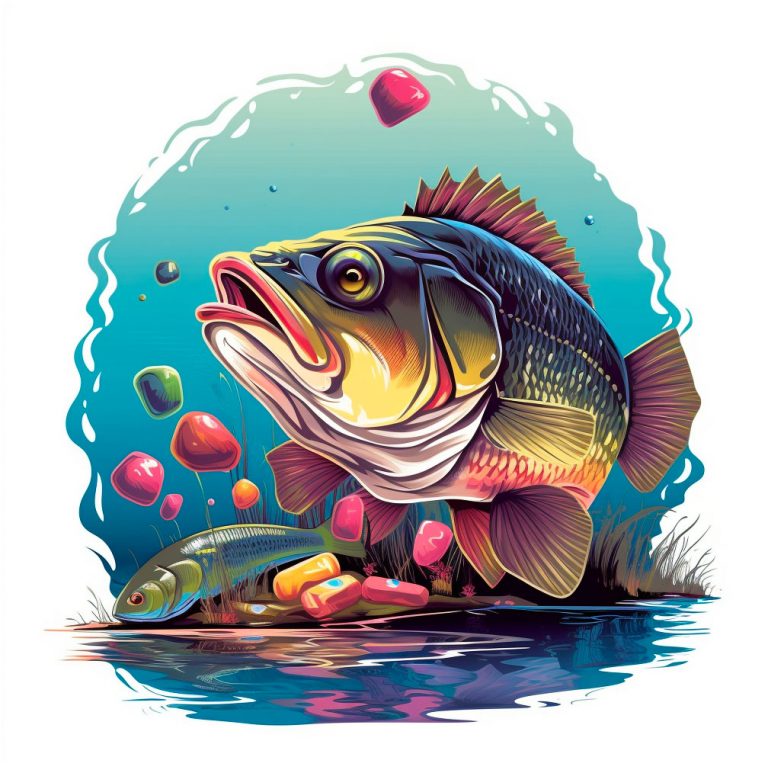
Zoom Trick Worms For Bass: Bass Candy
As a passionate angler, I have always been on the lookout for new and exciting ways to catch bass. After months of trying different techniques and bait, I stumbled upon a game-changing bait: Zoom Trick Worms. In this article, I will be sharing everything I have learned about using Zoom Trick Worms for bass fishing, […]
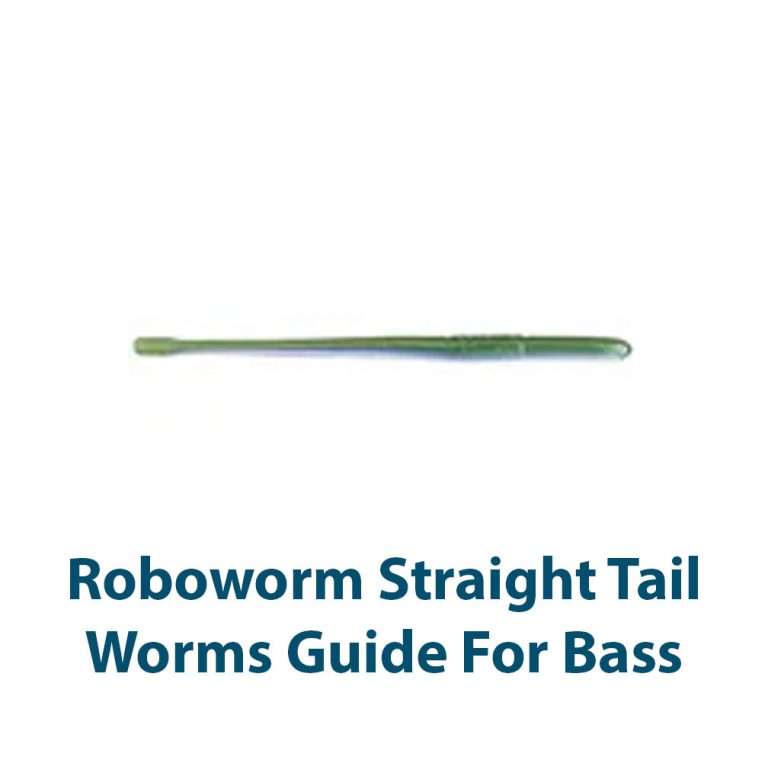
Roboworm Straight Tail Worm Guide For Bass
Introduction I couldn’t help but feel puzzled as I sat at the edge of the pier. Even after using a variety of lures and approaches, I had fished for hours without any success. Although the water was calm and clear, the fish didn’t seem to be anywhere to be found. My friend Bob arrived in […]
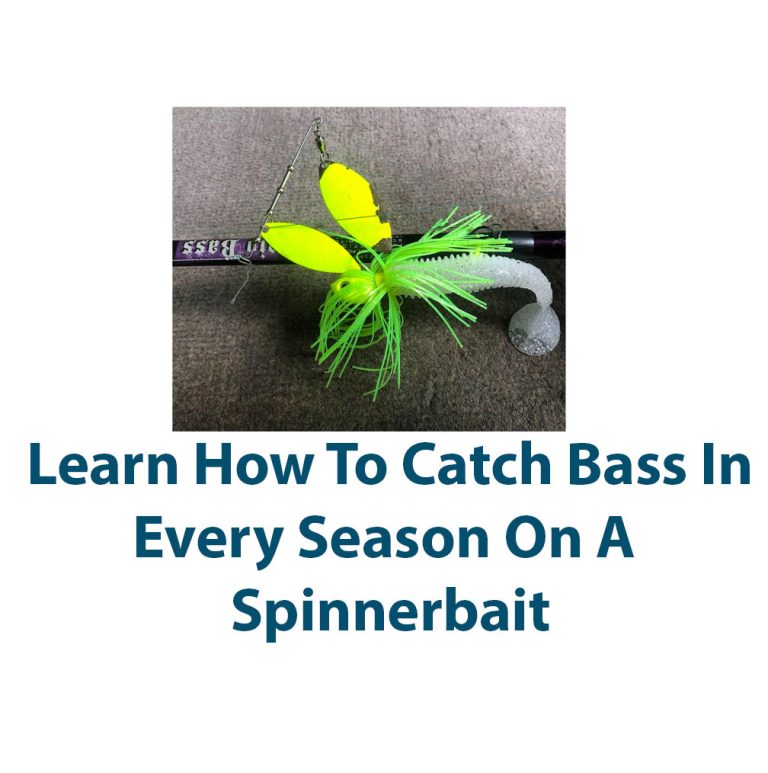
Catch Bass In All Seasons On A Spinnerbait
Introduction Hello and welcome to my tutorial on using spinnerbaits to capture bass throughout the year. I’ve spent countless hours as an avid angler honing my skills and discovering new strategies to capture more fish. Since I can remember, spinnerbaits have been a mainstay in my tackle box, and for good reason. They are adaptable […]
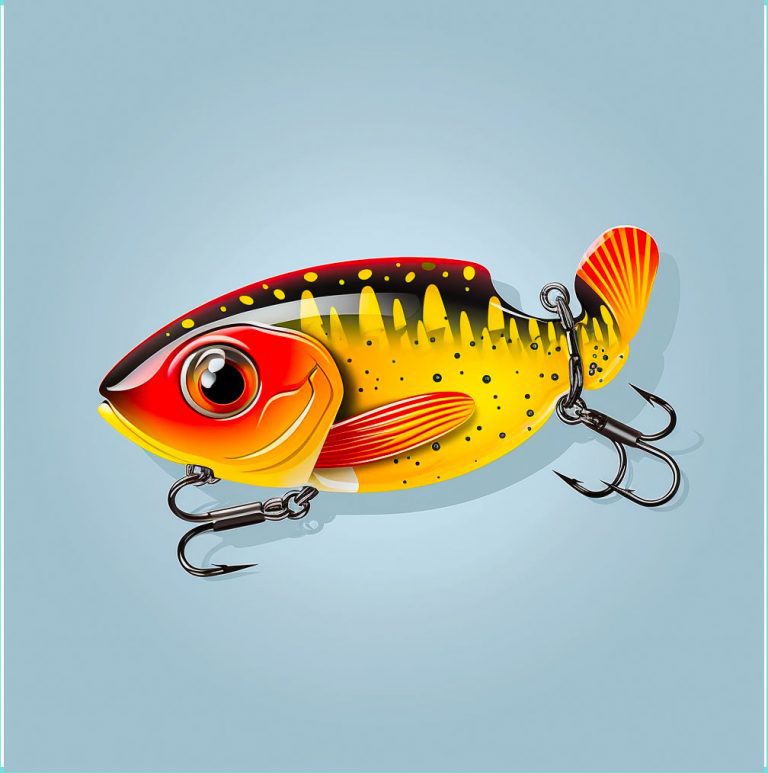
17 Lipless Crankbait Techniques To Load The Boat
Introduction: Lipless crankbaits are a popular type of fishing lure that is versatile and effective in catching a variety of fish species. This article will explore the top 17 lipless crankbait techniques, complete with explanations for each technique, tips for success, and when to use each technique to get the best results. Benefits of Using […]
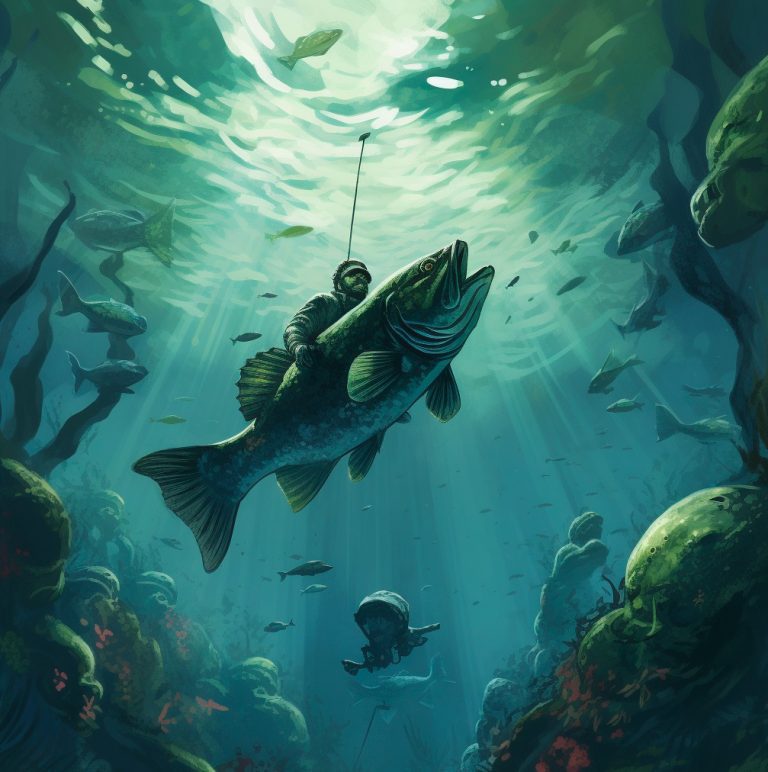
Swim Jigs For Bass: A Comprehensive Guide
Introduction As a bass angler, I’ve always been intrigued by swim jigs. They’re one of the most talked-about and effective lures in the sport, but there’s something about them that always left me perplexed. What is it about swim jigs that make them so effective? How do you choose the right one for each situation? […]
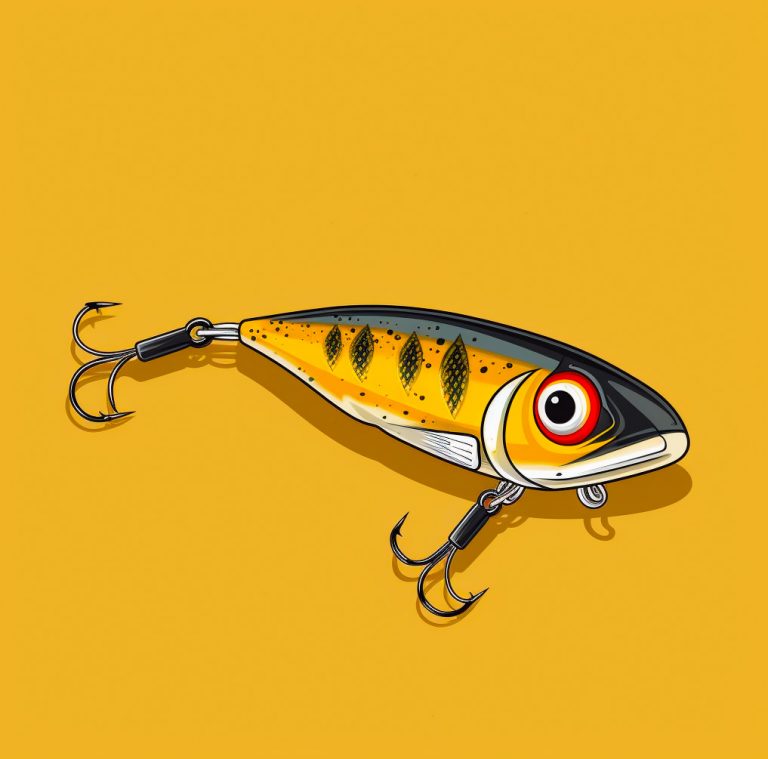
Jerkbaits For Bass: For Quality And Numbers
As an avid bass angler, I’ve tried all sorts of lures over the years. But there’s one type of bait that has consistently produced results for me – jerkbaits. These versatile lures have become a mainstay in my tackle box and are my go-to choice when targeting bass. In this comprehensive guide, I’ll share everything […]

